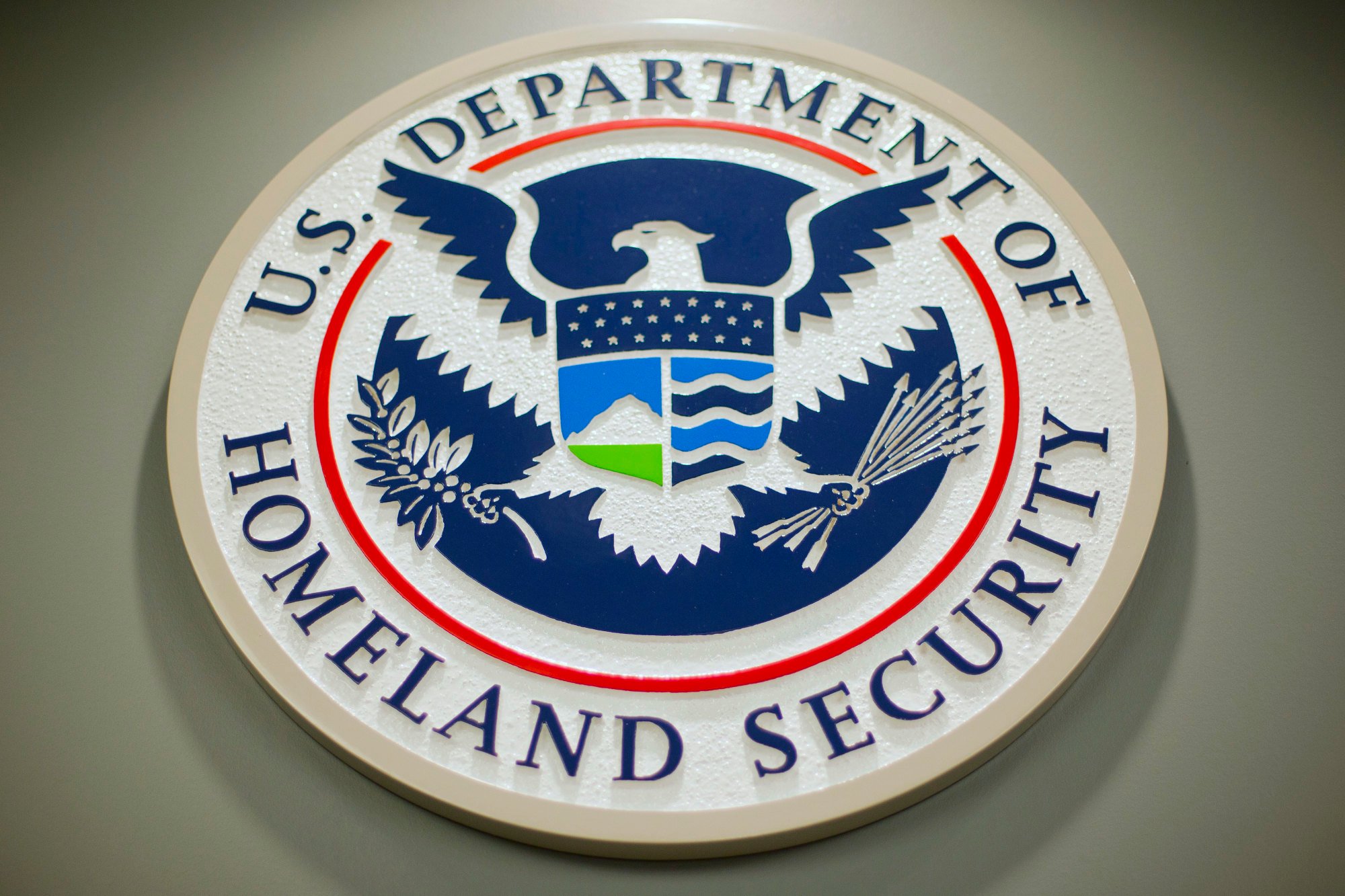The US has conducted a second large flight to China, an effort it said demonstrated its “continued commitment to pursuing sustained cooperation” with Beijing on reducing undocumented migration.
The US Department of Homeland Security (DHS) did not disclose how many deportees were aboard the flight, which departed on Tuesday, but said it was the second removal of Chinese nationals from the US this year. The department did not disclose where the flight took off from or where in China it would land.
The latest flight took place three weeks before the US presidential election pitting Vice-President Kamala Harris against former president Donald Trump, in which immigration and border policy has played a large role.
Do you have questions about the biggest topics and trends from around the world? Get the answers with SCMP Knowledge, our new platform of curated content with explainers, FAQs, analyses and infographics brought to you by our award-winning team.
In July, the first large flight since 2018 was conducted, which the DHS said was carried out in close coordination with China’s National Immigration Administration. The department later confirmed 116 Chinese nationals were aboard that flight.
“Intending migrants should not believe the lies of smugglers – Chinese nationals without a legal basis to remain in the United States are subject to swift removal,” Homeland Security Secretary Alejandro Mayorkas said on Thursday.
“The Department of Homeland Security will continue to strengthen consequences for individuals unlawfully entering our country and enforce our nation’s laws.”

As the election approaches, immigration has increasingly been a major issue for the White House. In June, US President Joe Biden issued a proclamation imposing a crackdown on migrants unlawfully crossing at the southern border, temporarily suspending their entry and limiting asylum eligibility.
In the three months following Biden’s proclamation, the DHS said it had operated nearly 400 international repatriation flights through the end of August to more than 140 countries, including China.
Beijing and Washington resumed cooperation on migration issues earlier this year. In May, the Chinese embassy in Washington said that Beijing “firmly opposed all forms of illegal immigration” and that it was “open to cooperation with the US on repatriation of illegal immigrants”.
In a separate statement on Thursday, China’s National Immigration Administration said it had worked with the law enforcement authorities of relevant countries, “including the US” and made “positive progress” in jointly cracking down on “smuggling and other serious illegal and criminal activities”.
China would continue to “strengthen international immigration law enforcement cooperation, and work with the countries concerned to address the challenges posed by cross-border illegal and criminal activities such as smuggling”, it added.
Since China lifted its strict Covid-19 border controls in January 2023, a growing number of Chinese migrants have sought to enter the US through its southern border with Mexico.
According to US Customs and Border Protection, more than 21,000 Chinese nationals were apprehended at the southern border from January to August this year. Last year, a total of 24,278 Chinese nationals were apprehended at the border.

Many choose Ecuador as a gateway – until July, the South American country allowed visa-free entry for Chinese nationals – before trekking north through Central America to the Mexico-US border.
Also in July, the US signed an agreement with Panama to halt crossings through the Darien Gap, a 60-mile stretch of dense rainforest and mountains on the country’s border with Colombia that has become another popular, if dangerous, route for Chinese nationals to reach the US.
More from South China Morning Post:
- Panama unveils deportation flights to China, India and Ecuador to stem US-bound migration
- Ecuador suspends visa waiver for Chinese citizens, citing irregular migration
- China signals it will help US tackle illegal migration after halting cooperation in 2022
For the latest news from the South China Morning Post download our mobile app. Copyright 2024.





